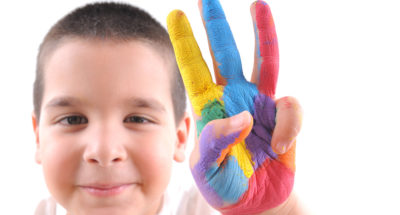
Three Good Things for Students
Students record three good things that happened to them each day for a week and an explanation of how they achieved or contributed to the good things.

Students record three good things that happened to them each day for a week and an explanation of how they achieved or contributed to the good things.
Students will:
Take a moment to write down three good things that happened to you in the past week and explain how you achieved or contributed to these things. How did this exercise make you feel? If you have the time, continue the practice for at least a week.
Do you notice if students are expressing more positive emotions or optimism after doing this practice?
In a study of around 600 students ages 8 to 11, the group who completed Three Good Things for a week reported being happier afterward and three months later, compared to the group who just journaled about their daily experiences. There was also some evidence that the exercise could help with symptoms of depression, particularly for students who were less happy to begin with.
Just like adults, children can get caught up in the things that go wrong in their lives—like getting bad grades, feeling left out, or experiencing conflict with parents—and forget to appreciate all the positive things. Three Good Things is designed to highlight the positive moments, experiences, and people that children may sometimes take for granted.
After 30 minutes of practice for a week, this exercise has been shown to boost students’ happy feelings, a benefit that might spill over into other aspects of their lives. Students who experience greater positive emotions may put in more effort to overcome obstacles, engage in classroom activities more, and be less stressed at school. In addition, positive mental health in childhood is linked to educational achievement and professional success later in life.

Do you want to dive deeper into the science behind our GGIE practices? Enroll in one of our online courses for educators!
Comments